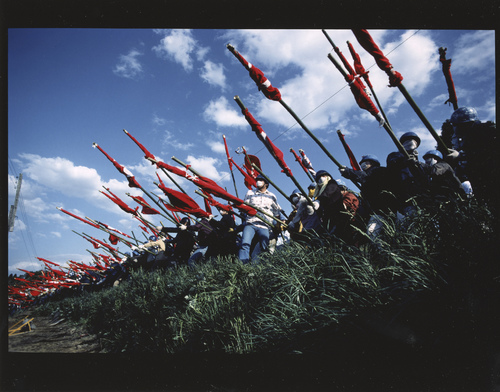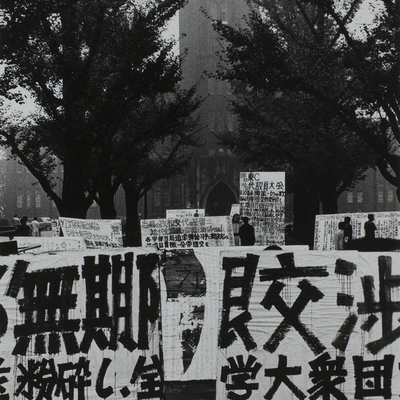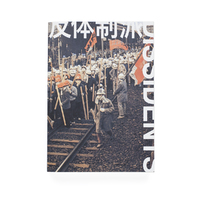Takashi Hamaguchi "Horror of Narita Airport"
Takashi Hamaguchi was born in 1931 in Shizuoka Prefecture, Japan. After graduating from middle school under the old educational system, he took up an interest in photography through his first job at a photographic supply store in the Kansai region. In 1955 he moved to Yokohama and opened an independent camera store. Following the debut of Rikkō Nakamura, Takashi Kijima and Shōmei Tōmatsu, he was one of the rare examples of those who became professional photographers having participated in the monthly photo contests hosted by the postwar photography magazines. Of all the photojournalists who documented the Sanrizuka protest movement, he spent the longest time, his photographs spanning more than twelve years starting in 1966.
In this exhibition, Zen Foto Gallery presents works taken in 1971 and 1977 on colour positive film, which have been reproduced on RP direct prints. These works have not previously been published. As monochrome journalistic photographs were conventional in this period, it is very rare to see photos of the Sanrizuka protests in colour. We sincerely invite you to see these striking works by Takashi Hamaguchi.
-
 Takashi Hamaguchi "Horror of Narita Airport", 1970s © Takashi Hamaguchi
Takashi Hamaguchi "Horror of Narita Airport", 1970s © Takashi Hamaguchi

